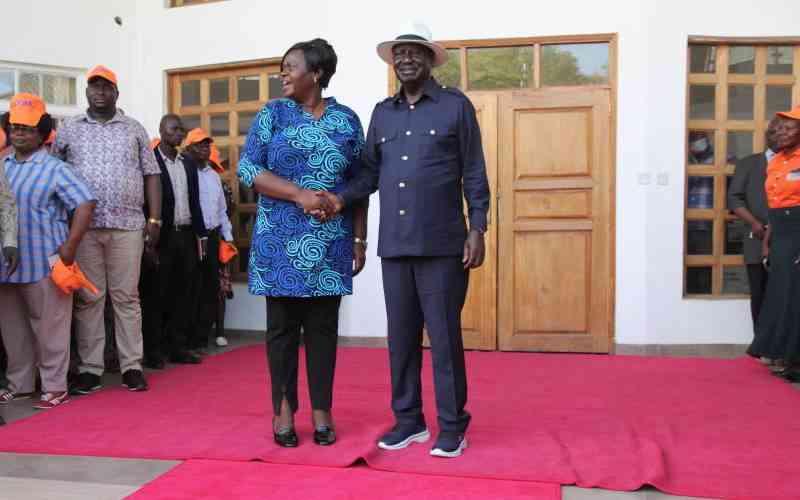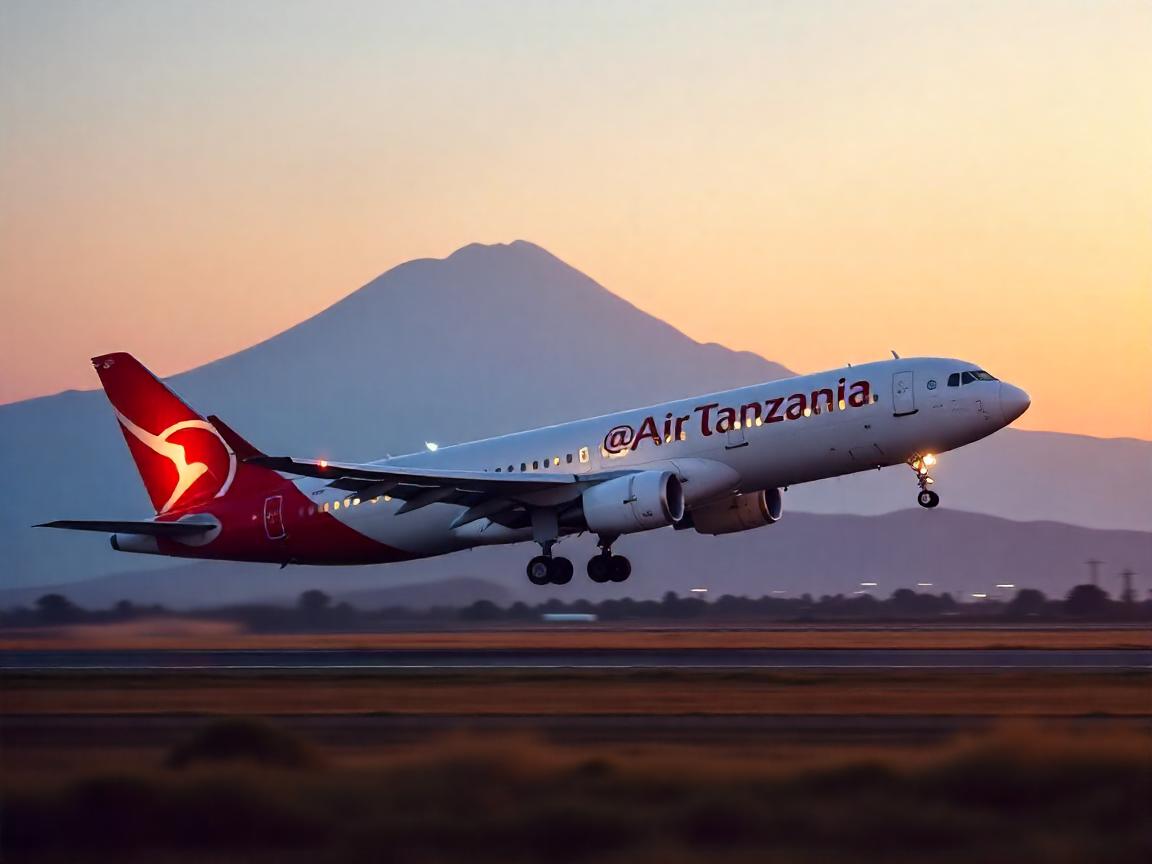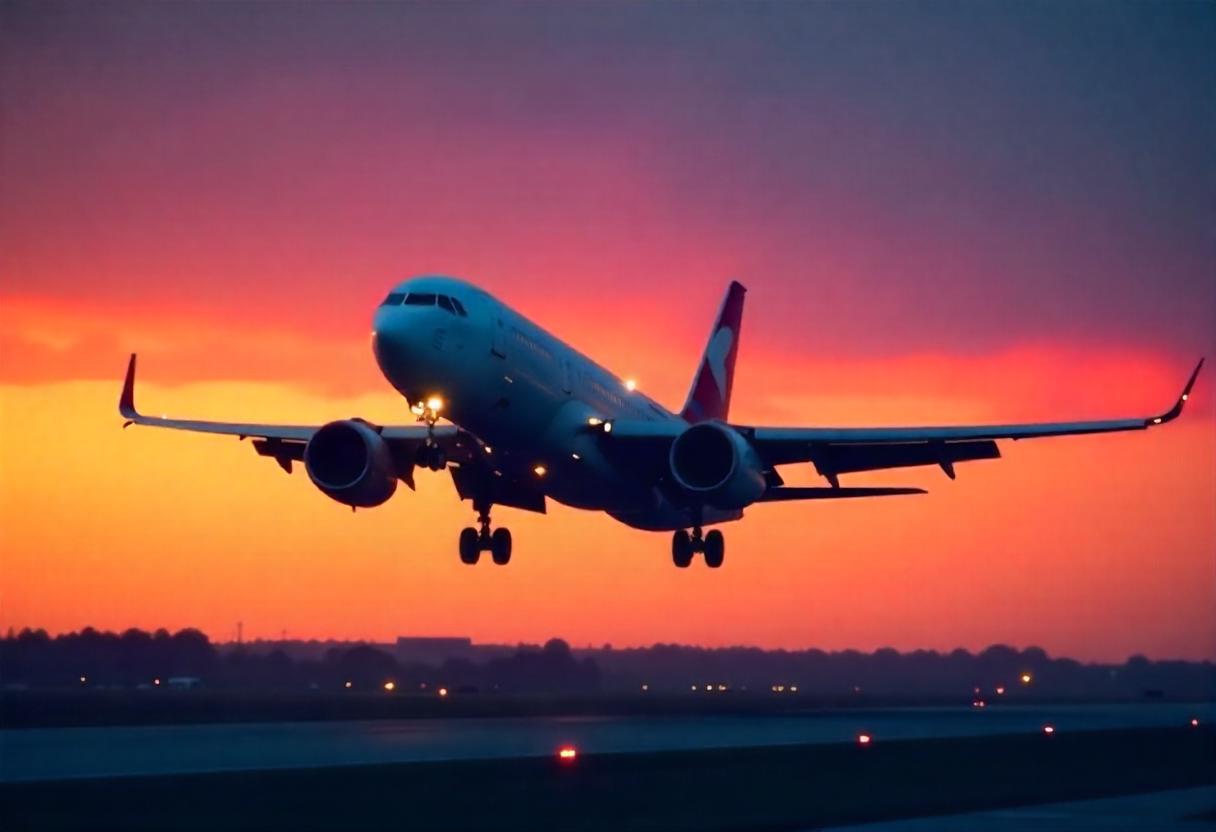Emirates Joins Delta, United, Qatar Airways, Singapore Airlines, Air New Zealand, Lufthansa, and Virgin Atlantic in Transforming Economy Travel, What's New in This - Travel And Tour World
Friday, June 27, 2025

Emirates sets the tone. Delta follows. United joins. And now Qatar, Singapore, Air New Zealand, Lufthansa, and Virgin Atlantic are right behind. Yes, it’s happening. Emirates, together with Delta, United, Qatar, Singapore, Air New Zealand, Lufthansa, and Virgin Atlantic, is stepping into a bold new chapter. A chapter that promises to transform economy travel as we know it.
So what’s new in this? A lot. And it’s bigger than legroom.
Emirates has already shaken things up with its high-back seat design. Meanwhile, Delta is testing next-gen seat materials. At the same time, United is upgrading entertainment and comfort tech. Qatar is reinventing ergonomic seating. Singapore is enhancing its award-winning cabin feel. Air New Zealand is preparing to launch sleep pods in economy. Lufthansa is expanding comfort zones. And Virgin Atlantic? They’re blending style and innovation like never before. This isn’t coincidence. It’s a coordinated evolution. These airlines—Emirates, Delta, United, Qatar, Singapore, Air New Zealand, Lufthansa, and Virgin Atlantic—are no longer just upgrading. They’re competing to redefine.
But why now? And why all at once?
That’s the thrilling part. Something deeper is shifting in air travel. Comfort, once a premium privilege, is becoming a basic right. These brands are betting big on it. So, fasten your seatbelt. Because what Emirates, Delta, United, Qatar, Singapore, Air New Zealand, Lufthansa, and Virgin Atlantic are doing could change the way you fly forever.
And the best part? The transformation is only just beginning.
The skies are shifting—and economy travel is no longer what it used to be. In a rare show of parallel innovation, global carriers like Emirates, Qatar Airways, Singapore Airlines, Air New Zealand, Lufthansa, Japan Airlines, ANA, Delta, United, and Virgin Atlantic are racing to redefine what it means to fly economy in 2025.
Leading the charge is Emirates, with its all-new high-back economy seat concept. This isn’t just a minor upgrade—it’s a design revolution. The airline is testing an ultra-tall seat that adds 4–5 inches in height, promising better posture support and unmatched leg comfort for long-haul passengers. It’s ergonomic, futuristic, and bold. And it signals a new era for flyers who want comfort without paying a business class premium.
But Emirates isn’t alone. Qatar Airways is enhancing its award-winning economy class with upgraded seat cushioning and mood lighting. Singapore Airlines continues to lead with ultra-slim, wide seats and advanced headrest support. Air New Zealand has its innovative “SkyNest” concept—bunk beds in the sky for economy passengers. Lufthansa is focusing on extra legroom zones, while Japan Airlines and ANA are introducing lighter, pressure-sensitive seating materials that adapt to body shape.
Meanwhile, U.S. carriers are stepping up too. Delta Air Lines is refining its Comfort+ product with sleeker designs and better recline angles. United Airlines is investing in new inflight entertainment and USB-C ports for every seat. Virgin Atlantic, never far behind in flair, is adding softer finishes and smarter under-seat storage in its next-gen cabins.
What’s clear is this: the gap between economy and premium classes is narrowing—not in space, but in experience. Airlines are finally listening to what economy passengers have always known—comfort matters. And in this new chapter of aviation, innovation is no longer reserved for the few at the front. It’s being reshaped for the many at the back.
The revolution is underway. And if you’re flying economy in 2025, you’re in for a whole new ride.
The aviation world is buzzing—and for good reason. Emirates Airline, the Dubai-based global aviation leader, is quietly working on a bold innovation set to flip the script on economy travel. As most airlines invest heavily in first and business class upgrades, Emirates is looking where few dare: the back of the plane.
The airline is now deep into developing a new economy class seat concept that’s not just different—it’s revolutionary. At the heart of this redesign is a focus on vertical ergonomics. Emirates is experimenting with a much taller seat, aiming to boost passenger comfort using innovative design rather than sacrificing cabin capacity.
This is not a tweak. It’s a transformation.
The new design includes four to five additional inches of seat height. At first glance, that might not sound like much—but in the world of aircraft interiors, it’s monumental. The height boost isn’t just for looks. It’s intended to reshape how the body rests during flight—supporting the back, aligning posture, and improving leg and foot comfort on long journeys.
Instead of playing with width or recline angles—which often leads to fewer seats and reduced profits—Emirates is going vertical. The seat is being engineered to better “mould” to the human body. That means longer flights with less pain, less restlessness, and more restorative rest.
Meanwhile, airline seat manufacturers are now working closely with Emirates to refine this prototype. They’re focusing on advanced materials and cushioning geometry to maintain durability while enhancing tactile comfort. It’s a delicate balance between comfort, safety, and strict aviation regulations—but Emirates is committed to pushing through those barriers.
This seat comes at a time when global travel is rebounding rapidly. According to the International Air Transport Association (IATA), long-haul passenger demand has returned to nearly 90% of pre-pandemic levels. With Dubai International Airport (DXB) once again among the world’s busiest, travelers are hungry for better experiences—even in economy.
Passenger sentiment has shifted, too. More travelers are now choosing airlines based on comfort and experience, not just price. In a world where economy class feels more cramped than ever, Emirates is boldly aiming to change that narrative.
Emirates’ approach also signals a growing shift in aviation priorities—recognizing that comfort in economy class isn’t a luxury, it’s a necessity.
The move could set a new standard that competitors are forced to follow. Airlines like Qatar Airways, Singapore Airlines, and Turkish Airlines—already known for their economy class innovation—may feel pressure to respond.
It also sends a strong message to global aircraft interior suppliers: evolve or fall behind. Emirates’ leadership is proving that meaningful innovation doesn’t need to be confined to premium cabins. Comfort should be democratized. And this seat is the proof.
Moreover, regulators will be closely watching. Approval from aviation safety authorities will be key. But if Emirates clears that hurdle, expect ripple effects across the industry.
This seat innovation further cements Dubai’s status as a future-focused travel hub. The UAE has long prioritized cutting-edge infrastructure and technology across its airports and airlines. With Emirates based in DXB, this project strengthens the city’s position not just as a transit point—but as a trendsetter in global aviation.
As Dubai prepares for a surge in visitors ahead of major events and a post-pandemic tourism boom, travelers will increasingly seek more than just a seat—they’ll seek comfort, convenience, and care.
This innovation fits squarely into the UAE’s broader strategy to lead the future of connected, luxury-enhanced, yet accessible travel.
For now, the seats are still in the prototype stage. But Emirates’ track record suggests that a full rollout could be closer than we think. Once regulatory greenlights are secured, testing onboard future Airbus A350 and Boeing 777X aircraft could begin.
Passengers should expect the new economy product to first appear on long-haul flagship routes—possibly to London, New York, or Sydney—where seat fatigue and customer expectations run high.
The end goal? Not just a better seat, but a better journey for millions who fly Emirates economy every year. It’s a reinvention of space. A recalibration of comfort. A reward for choosing value without sacrificing dignity in the skies.
And if this works, it won’t just elevate Emirates. It will redefine what economy travel means for an entire generation of flyers.
Tags: airbus a350, aircraft interiors, airline strategy, aviation comfort., aviation news, boeing 777x, Dubai, dubai international airport, DXB, economy class innovation, Emirates Airline, ergonomic seating, global travel, long-haul flights, middle east airlines, Passenger Experience, seat comfort, tall seats, Travel Innovation, travel trends 2025, UAE travel












